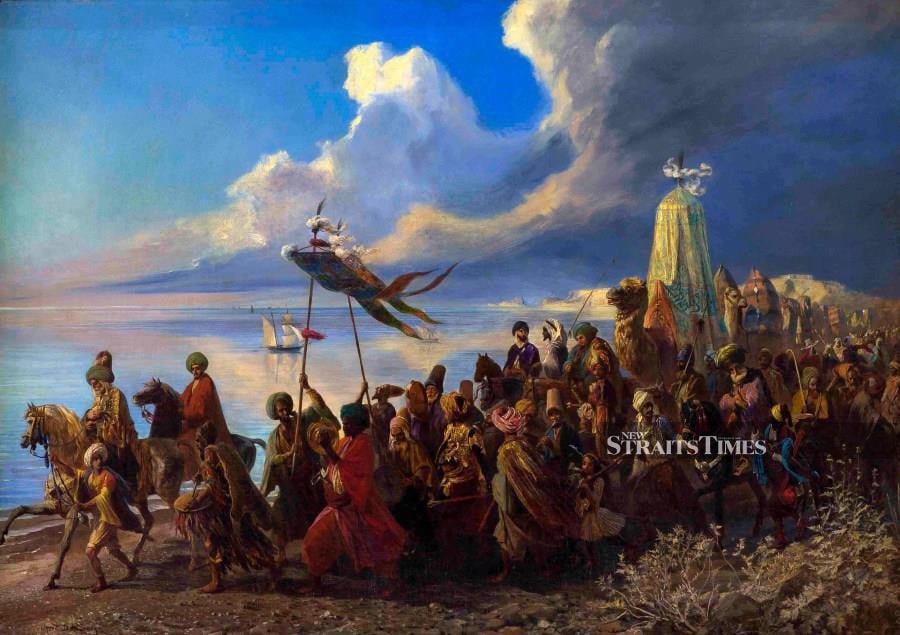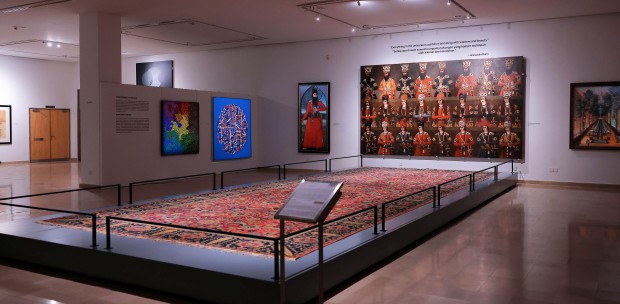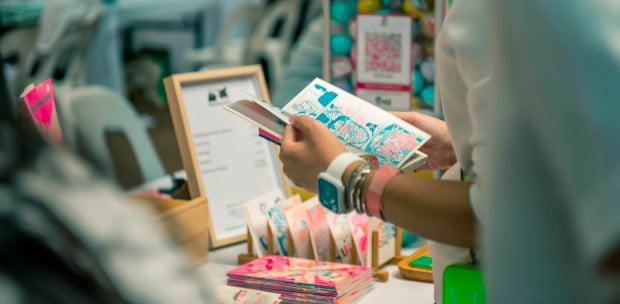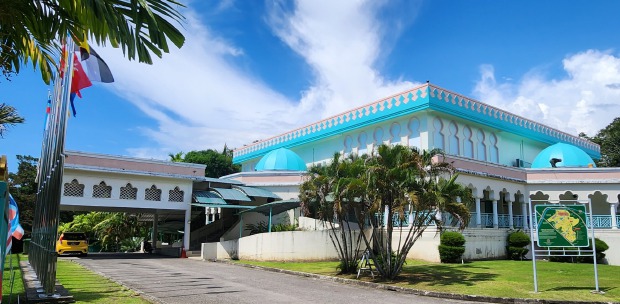IT'S no wonder Prime Minister Datuk Seri Anwar Ibrahim was the guest of honour; this is a rare art exhibition of geopolitical significance. It's about a crucial time in relations between those nominal entities "East" and "West".
Despite the oldest painting being from half a millennium ago, the spirit is firmly rooted in the 19th and early 20th centuries. The nation state, empire building and global trade are all part of the package of that era, but this exhibition sees things from an aesthetic viewpoint.
It's about the artists who were, mostly, there. Orientalist Paintings: Mirror or Mirage? is Asia's first examination of what those artists saw and how accurately they recorded those sights.
It's the degree of the distortion that has created a divide between the admirers and the detractors of these works. Much of the reawakened admiration for Orientalist imagery has come from the Muslim world.
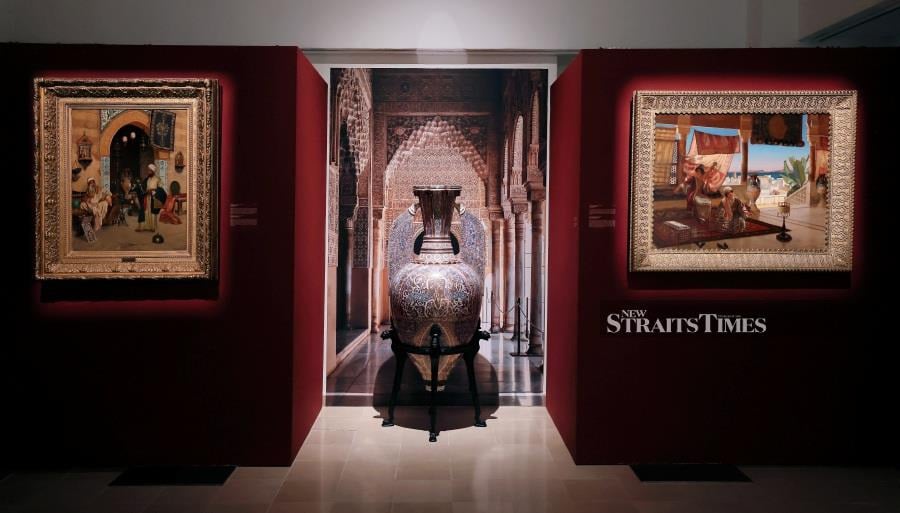
The collection of the Islamic Arts Museum Malaysia (IAMM) is perhaps the most easterly direction that this attention has come from. Australia was once a major force in this field, but that was more at the time Orientalism was happening than now.
OBSERVED, NOT IMAGINED

Spread over two large galleries, the exhibition is divided into sections that relate to the ever-changing organism known as Orientalism and its visual offspring. There should perhaps be anti-trigger warnings: this collection of Orientalist art is about showing what was observed, not imagined.
The display is arranged to show every side of visible life. The starting point is the most difficult to contradict: places. These and their decoration fascinated Orientalist painters. The exhibition begins by looking at those locations that can be identified, rather than generic scenes.
Istanbul, Cairo and Granada will still look familiar to travelling Malaysians. These were the essence of the Islamic world, and it was the living traditions of the region that most delighted Western viewers.
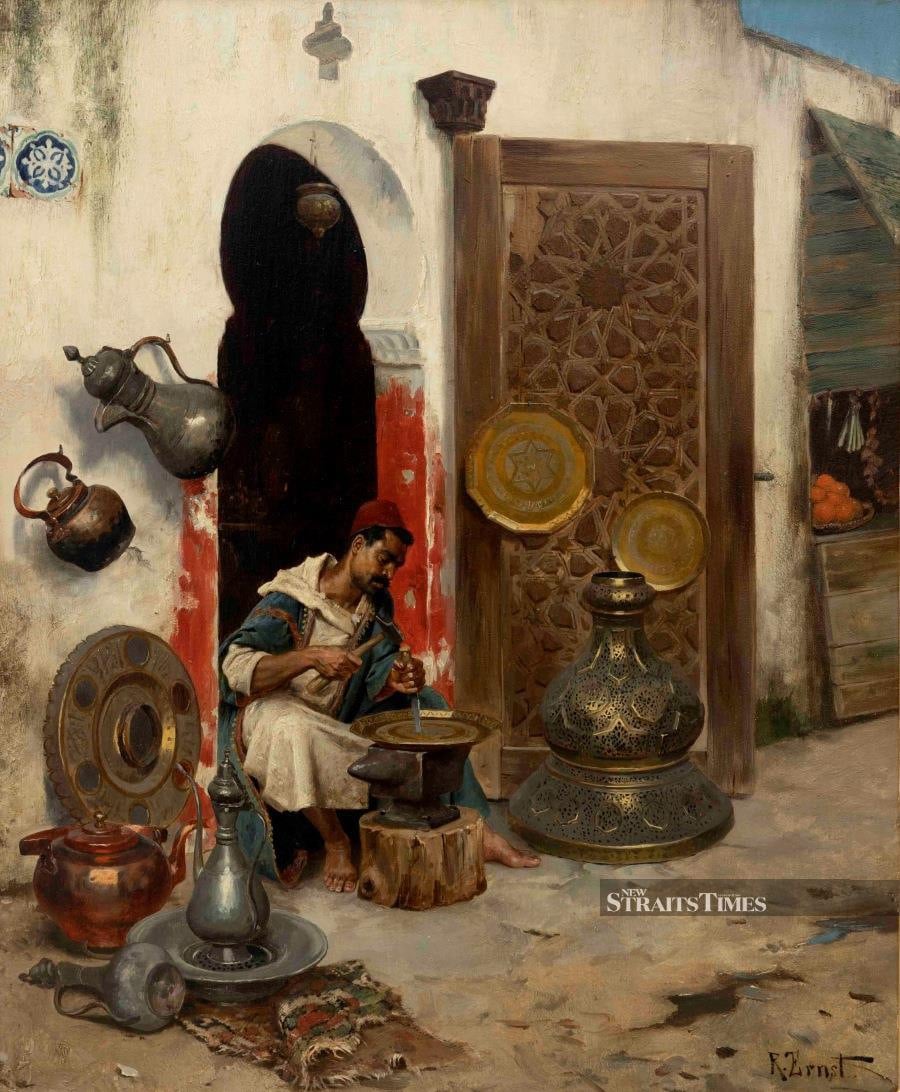
Access nowadays is very much easier than it was then. Despite most mosques today being pleased to invite visitors in to appreciate the space and serenity of their interiors, it was a different situation in the 19th century. Who can blame the Muslim population for being suspicious of Western visitors? Napoleon Bonaparte entered Cairo's Grand Mosque riding a horse.
Long before the French got the 19th century off to a bad start in the Middle East, relations had been thawing between the Islamic and Christian worlds. One of the finest paintings in the exhibition shows some positive steps 450 years ago.
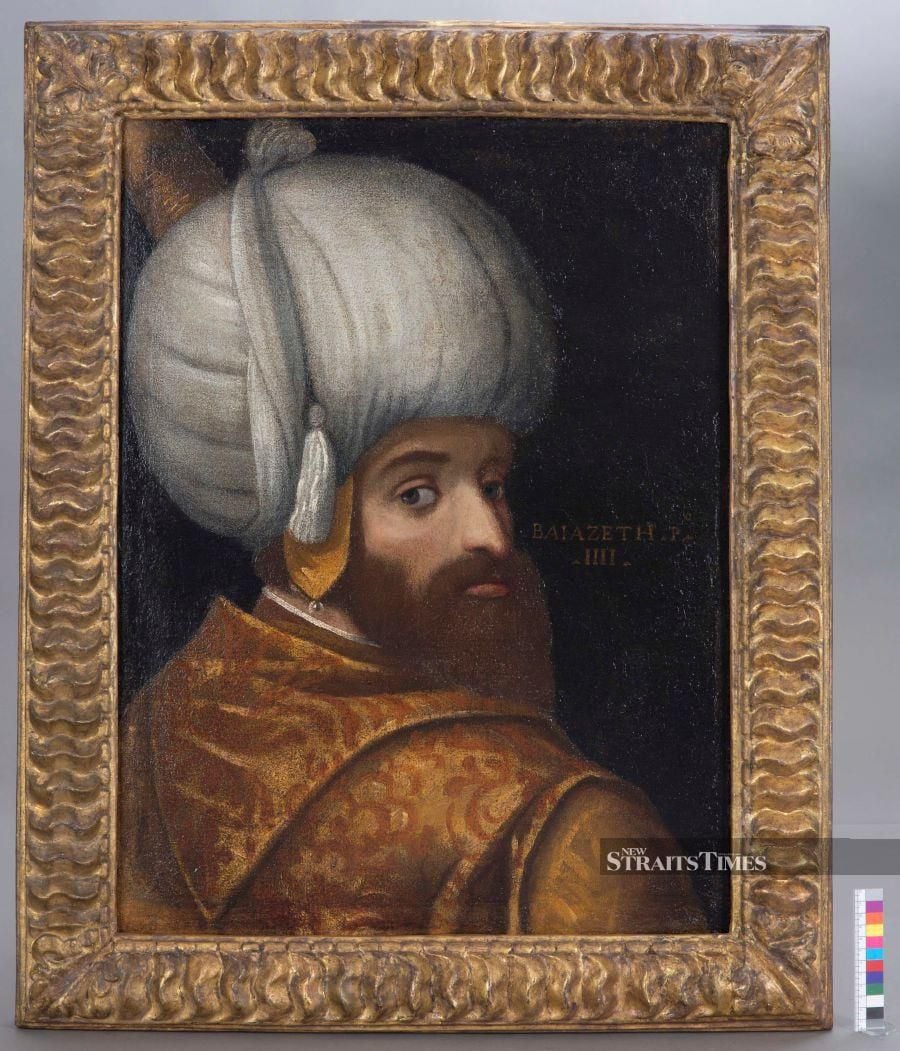
The Ottomans requested the Venetian authorities to find an artist to paint its sultans — 14 of them. Paolo Veronese (1528-88) took on the role with enthusiasm. His painting of Sultan Bayezid I shows real psychological depth. More than that, he explored Western similarities with the traditional enemy rather than the differences.
Apart from the turban, there is nothing to say this might be the supposedly terrifying foe of European civilisation. The pose that Veronese created for the sultan was the same as developed by Titian, who died only a few years before Veronese painted this work. Even the pearl that dangles near Bayezid's ear was all the rage among the rich and powerful of Western Europe.
Neither Titian nor Veronese ever visited the Orient. Later artists with less celebrity status were more likely to do so. The Societe des Peintres Orientalistes Francais was just one of many groups of intrepid artists who went forth into what was then known as the Orient: The Middle East and North Africa.
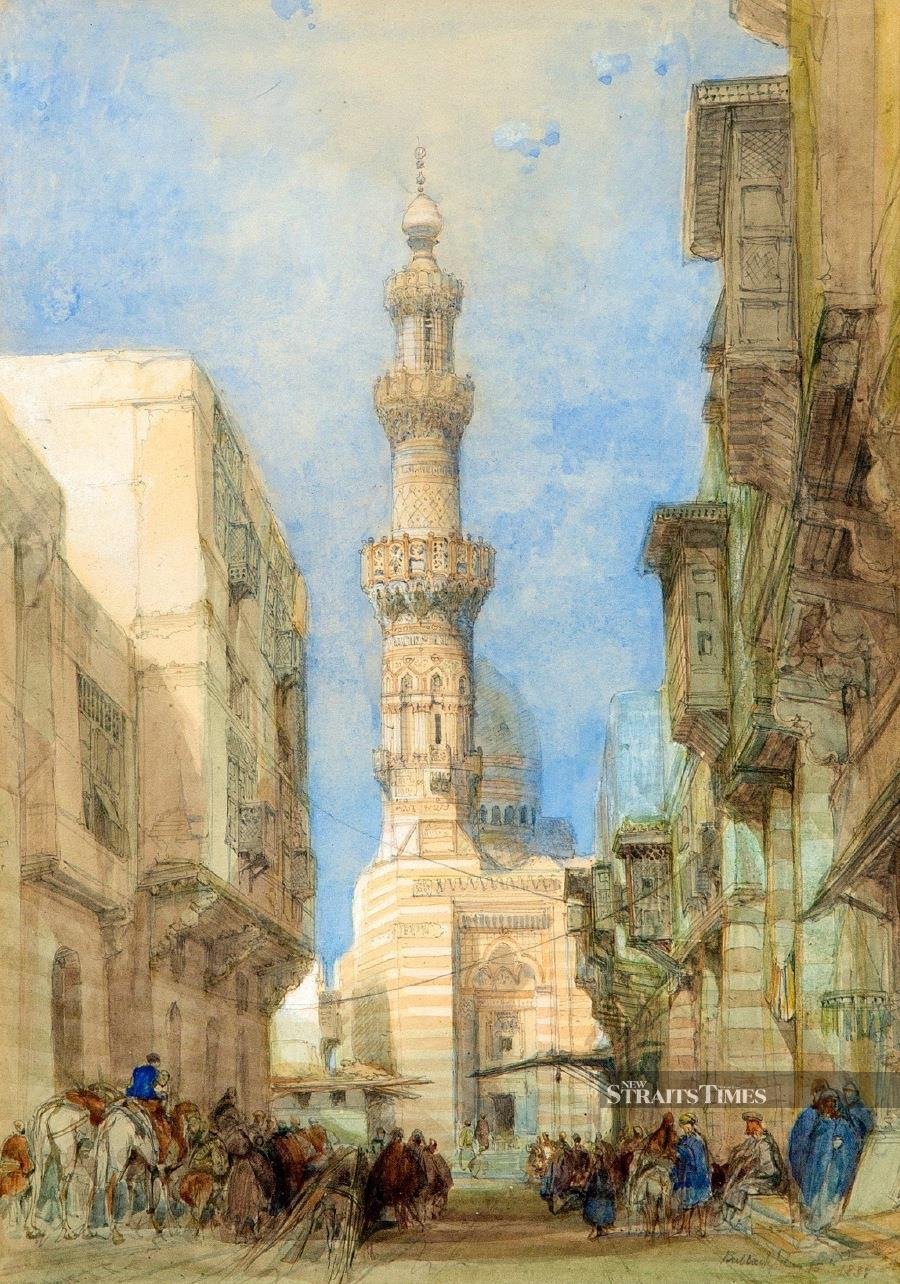
They painted every aspect of life that they could observe — or imagine — in often photographic detail. Their subject matter varied from teeming cities to the emptiest quarter of the desert. Along the way they recorded sacred scenes of prayer, along with fantasies of harem and bathhouse.
FILLING THE GAPS

The Orientalist name that shines most brightly is Delacroix. The artists who were most committed to painting the Orient are barely remembered, let alone becoming the subject of retrospectives at national galleries around the world.
Adolf Schreyer, Ludwig Deutsch and Rudolf Ernst were once in enormous demand, only to be largely forgotten for most of the 20th century. They are now back in the limelight, along with the man who was as much an impresario as an artist.
During his long career, Jean-Leon Gerome (1824-1904) cast his spell over almost every Orientalist painter and was courted by the most illustrious patrons. Gerome is well represented in the exhibition. He is a personal favourite of mine for one reason in particular: it was a bizarre and totally untypical painting of his that Edward Said chose for the cover of his book titled Orientalism (1978).
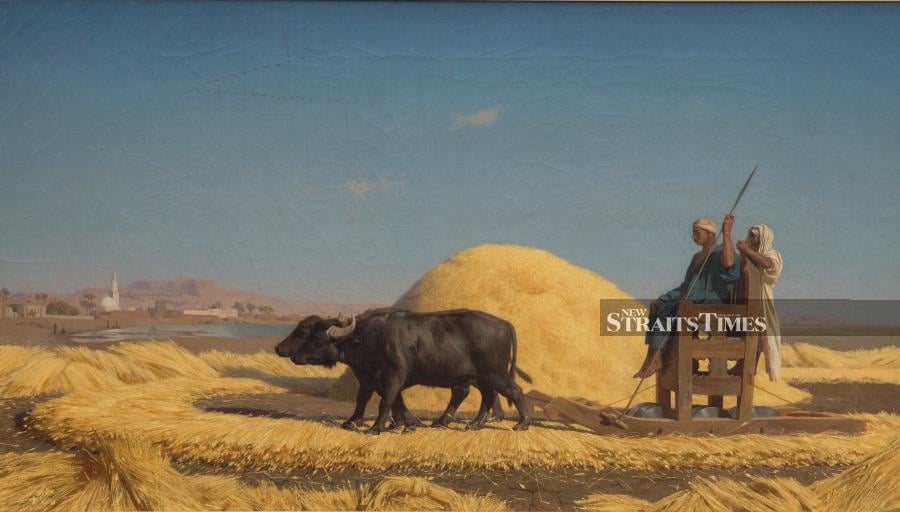
Gerome is as misunderstood as the entire Orientalist field. He was a fervent opponent of slavery at a time when America had been driven to civil war by this issue. Nor did he discriminate between East and West; at the same time as depicting winsome harem-fodder in the Ottoman world, he painted equivalent canvases of ancient Greece and Rome. He travelled extensively, but like most Western artists of the 19th century never ventured as far as Southeast Asia.
All of these artists fill a frustrating gap by showing the same artefacts from the Islamic world as are displayed at the IAMM. To mark the event, the museum has also created its most comprehensive ever publication — probably the largest of any institution in Malaysia.
At 3.6kg, it is as imposing an achievement as the exhibition, and very much less expensive than the paintings inside. These have become extremely valuable in recent years, just as they were a century ago. The book, on the other hand is a mere RM385.
ORIENTALIST PAINTINGS: MIRROR OR MIRAGE?
WHERE: Islamic Arts Museum Malaysia, Jalan Lembah Perdana Botanical Gardens, Kuala Lumpur
WHEN: Until Oct 5, 2023
Follow Lucien de Guise at Instagram @crossxcultural.


